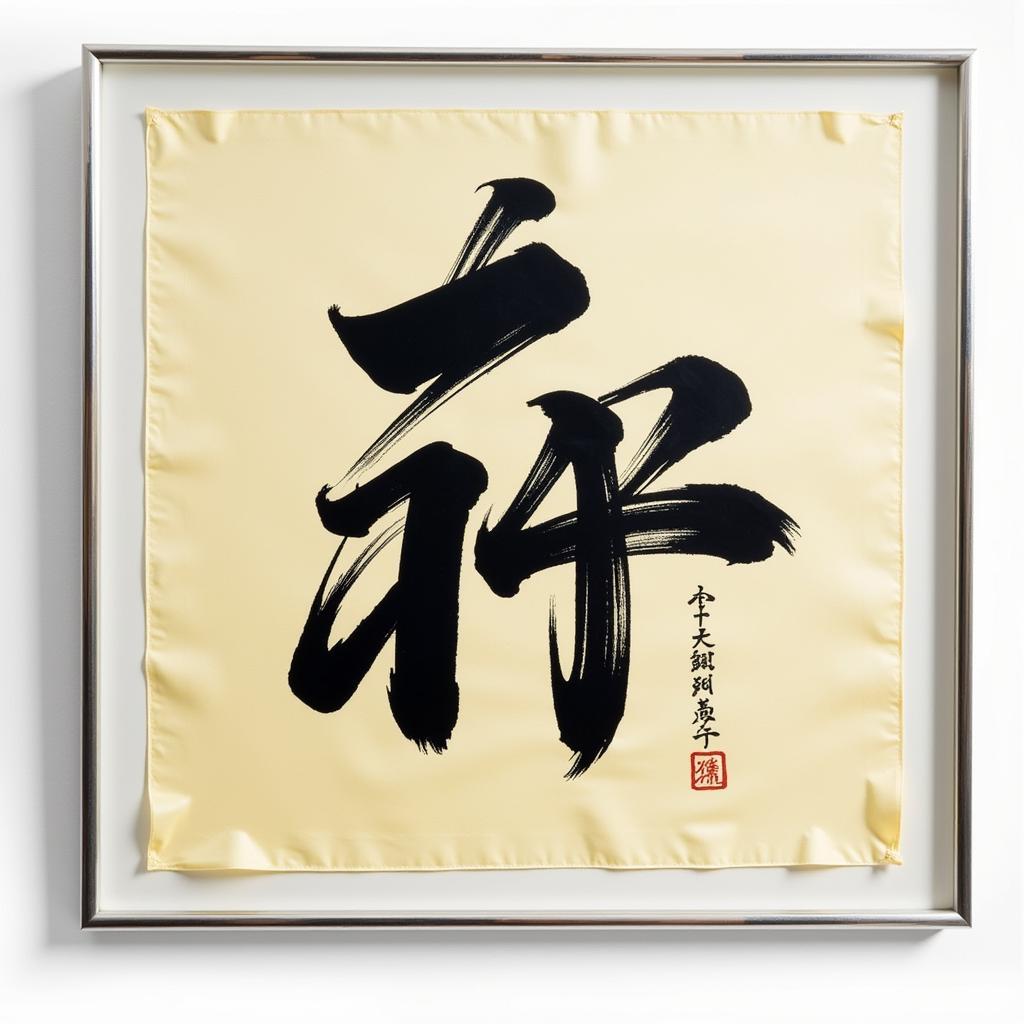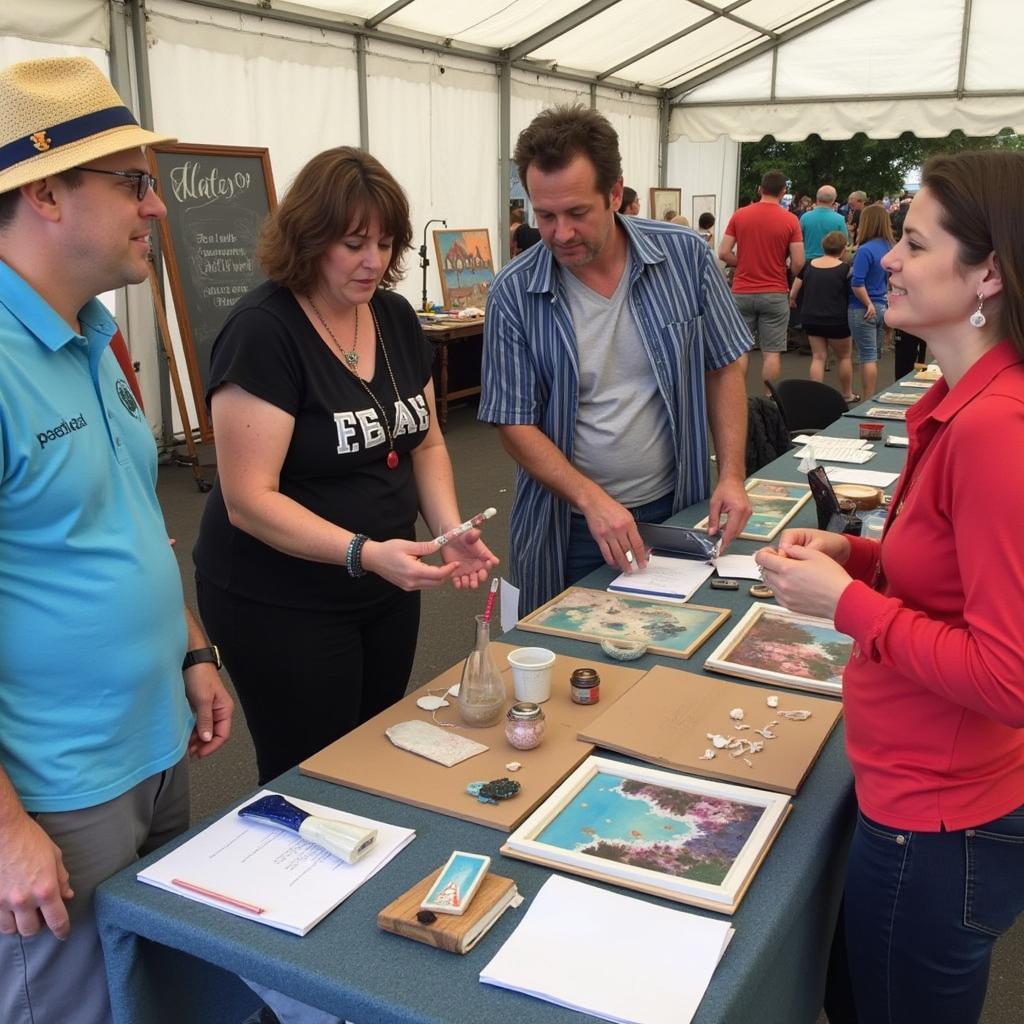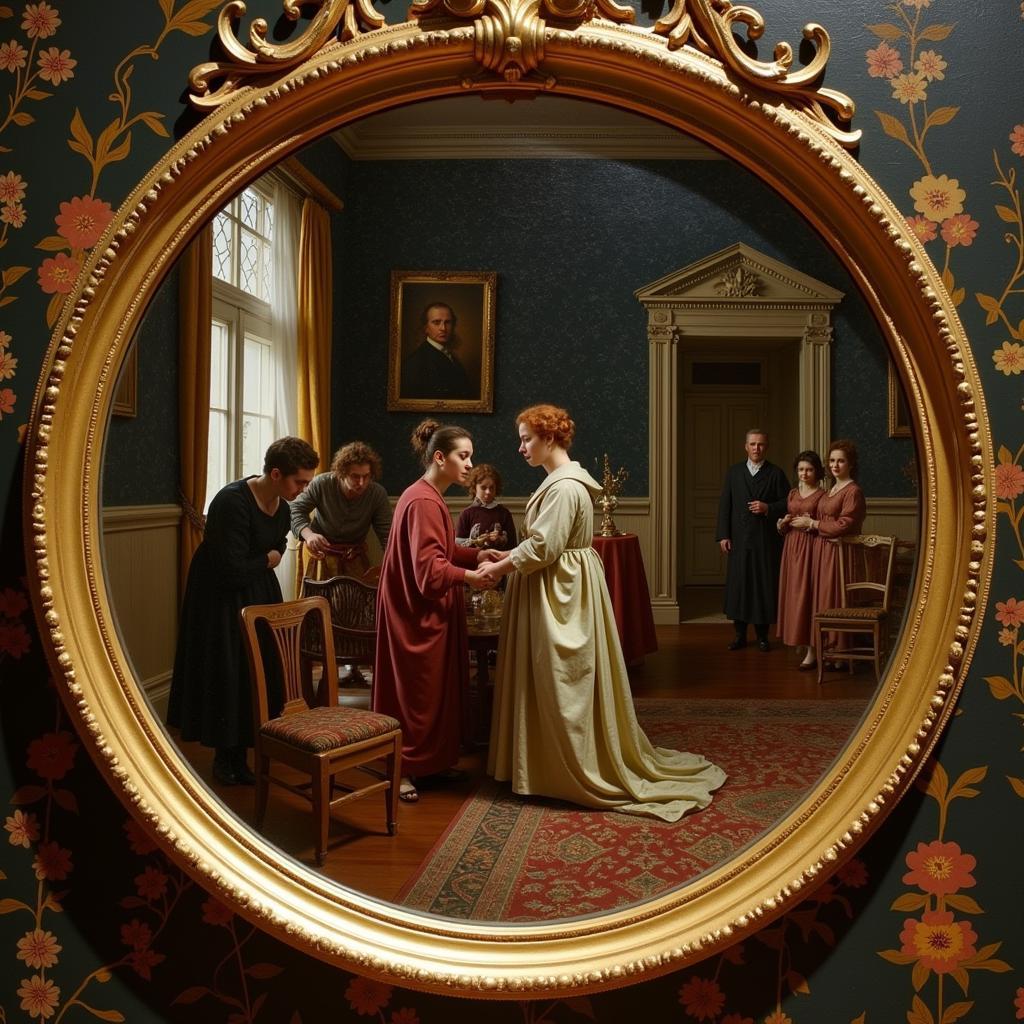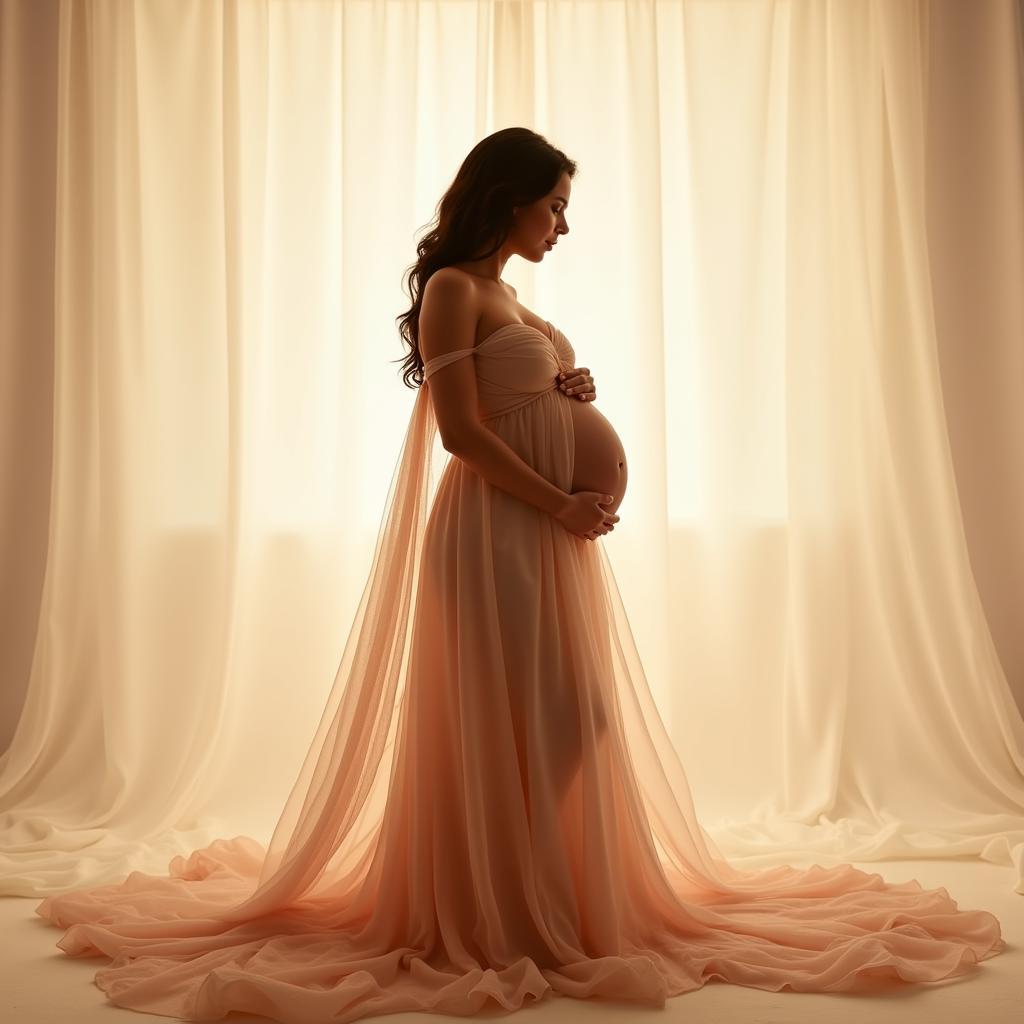Exploring the Vibrant Folk Art of Peru
The Folk Art Of Peru is a captivating blend of ancient traditions, vibrant colors, and intricate designs. From the Andes Mountains to the Amazon rainforest, Peruvian artisans create stunning pieces that reflect the rich cultural heritage of their country. This article delves into the fascinating world of Peruvian folk art, exploring its diverse forms, cultural significance, and the stories behind the creations.
Unraveling the Rich History of Peruvian Folk Art
Peruvian folk art has a long and storied history, deeply rooted in pre-Columbian civilizations. The Incas, known for their sophisticated metalwork and textiles, left an indelible mark on Peruvian artistic traditions. Over the centuries, these ancient techniques have been passed down through generations, evolving and adapting to reflect the changing cultural landscape. The influence of Spanish colonialism and the arrival of African and Asian cultures have further enriched the artistic tapestry of Peru, creating a unique and vibrant fusion of styles.
After the Spanish conquest, European influences became integrated into Peruvian folk art. Religious iconography, such as depictions of saints and biblical scenes, began to appear in paintings and sculptures, often blended with indigenous motifs and symbolism. patriotic folk art also began to emerge.
The Diverse Forms of Peruvian Folk Art
Peruvian folk art encompasses a wide range of artistic expressions, each with its own distinct characteristics and cultural significance. From intricate textiles and colorful ceramics to elaborate wood carvings and dazzling silverwork, Peruvian artisans showcase their remarkable skills and creativity in countless ways.
- Textiles: Peruvian textiles are renowned for their vibrant colors, intricate patterns, and exquisite craftsmanship. Using traditional techniques passed down through generations, weavers create stunning pieces featuring geometric designs, depictions of animals, and symbolic imagery.
- Ceramics: Peruvian ceramics, with their bold colors and whimsical designs, often depict scenes from daily life, mythical creatures, and traditional rituals. The pottery of the Moche and Nazca cultures, known for their elaborate depictions of deities and animals, is particularly noteworthy.
- Wood Carvings: From intricately carved masks and religious figures to decorative boxes and furniture, Peruvian wood carvings demonstrate the remarkable skill and artistry of the country’s woodworkers. The use of vibrant colors and intricate details adds to the beauty and cultural significance of these pieces.
Where to Find Authentic Peruvian Folk Art
For those seeking to experience the beauty and cultural richness of Peruvian folk art firsthand, there are several avenues to explore. Local markets and artisan workshops offer a glimpse into the creative process and provide opportunities to interact directly with the artisans. folk art mugs are a particularly popular souvenir. Museums and galleries showcase curated collections, providing historical context and deeper insights into the significance of the art forms. Purchasing directly from artisans or reputable vendors helps support the continuation of these traditions. latin american folk art is often displayed alongside other South American styles.
“Peruvian folk art is more than just beautiful objects,” says Maria Sanchez, a renowned Peruvian art historian. “It’s a living testament to the rich cultural heritage of our country, passed down through generations of talented artisans.”
What are the common motifs in Peruvian folk art?
Common motifs include depictions of animals, such as llamas, condors, and jaguars, which hold symbolic significance in Peruvian culture. Geometric patterns, inspired by ancient textile traditions, are also frequently seen.
Is Peruvian folk art expensive?
The price of Peruvian folk art varies depending on the type of art, the materials used, the intricacy of the design, and the artist’s reputation. latino art for sale can range from affordable souvenirs to high-end collector’s items.
Conclusion
The folk art of Peru offers a captivating glimpse into the rich cultural tapestry of this South American nation. From the vibrant textiles of the Andes to the intricate ceramics of the coastal regions, Peruvian artisans continue to create stunning works of art that reflect their unique heritage and artistic traditions. Exploring the world of Peruvian folk art is a journey of discovery, offering a deeper appreciation for the creativity, skill, and cultural significance embedded within each piece.
FAQ
- What are the most common materials used in Peruvian folk art?
- Where can I buy authentic Peruvian folk art online?
- Are there any specific regions in Peru known for particular types of folk art?
- How can I identify authentic Peruvian folk art?
- What is the cultural significance of the colors used in Peruvian folk art?
- Are there any efforts to preserve traditional Peruvian folk art techniques?
- How has Peruvian folk art evolved over time?
For any assistance, please contact us via Phone: 02462573573, Email: [email protected] or visit our address: Savico Megamall, 7-9 Đ. Nguyễn Văn Linh, Gia Thụy, Long Biên, Hà Nội 10000, Việt Nam. We have a 24/7 customer service team.



